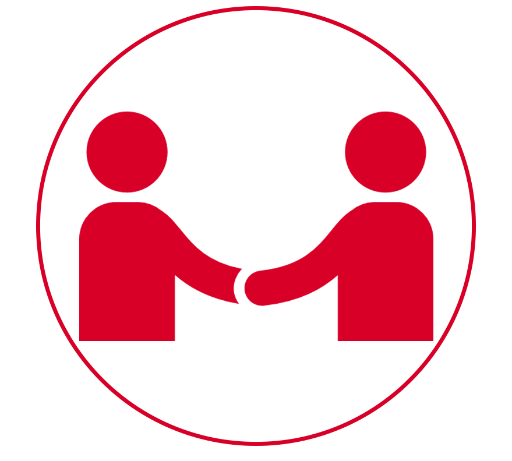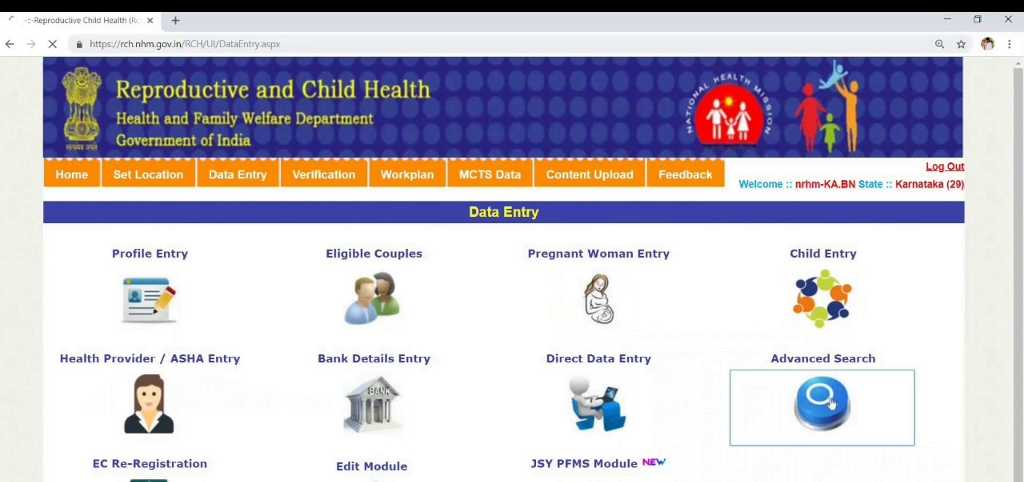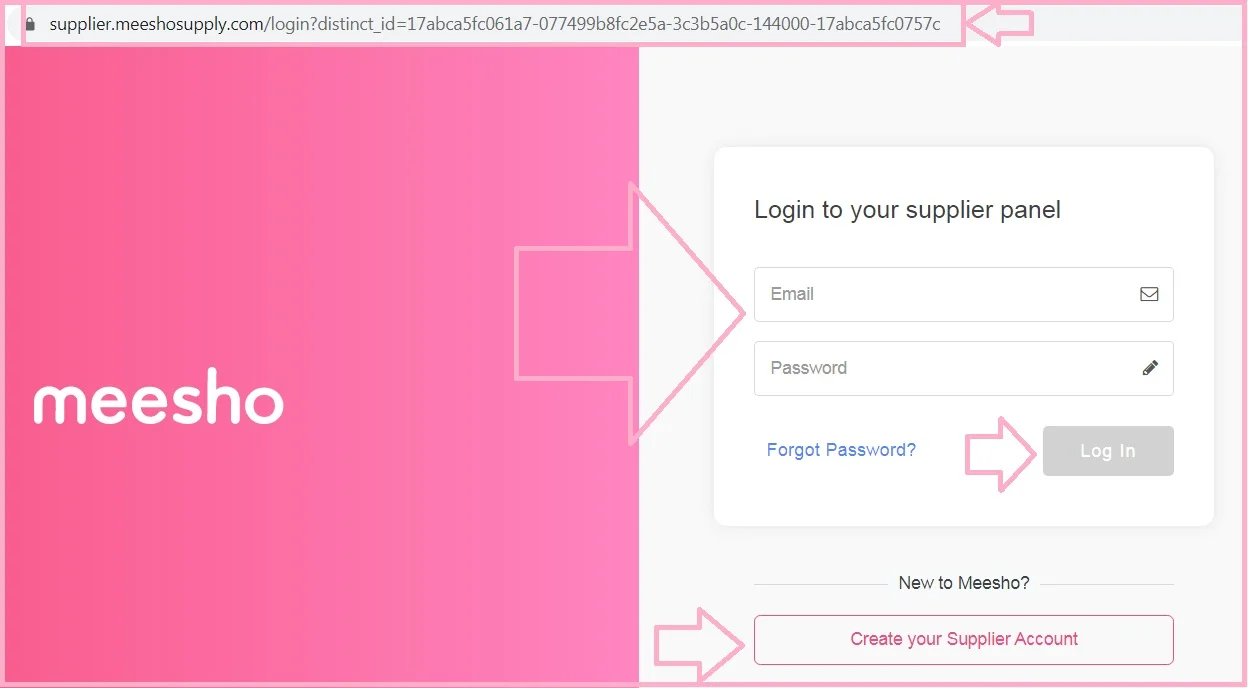how to get sponsorship for an event | how to get sponsorship for a project | how to get sponsorship for education | how to get sponsorship for youtube | find a sponsor online | find sponsors online India | apply for sponsorship | best companies to approach for sponsorship
Sponsorship refers to a partnership between a brand or organization and an individual or entity, typically in the context of marketing and advertising. In a sponsorship arrangement, the sponsoring party provides financial or other forms of support to the sponsored party, in exchange for exposure or other benefits.

Sponsorships are commonly used in sports, entertainment, and other areas of popular culture. For example, a sports team might be sponsored by a brand that provides uniforms or equipment, while an athlete might be sponsored by a company that pays them to wear or endorse their products. Similarly, a music festival might be sponsored by a beverage company that provides refreshments to attendees.
Sponsorship
Sponsorships can be beneficial for both parties involved. The sponsor can gain exposure and goodwill by associating themselves with the sponsored party, while the sponsored party can benefit from financial support, exposure to new audiences, and other perks provided by the sponsor.
It is important for sponsors and sponsored parties to establish clear terms and expectations for their sponsorship arrangement, including the scope of the sponsorship, the level of support provided, and any exclusivity or limitations on the sponsor’s involvement. Additionally, sponsors should ensure that the sponsored party aligns with their brand values and messaging to avoid any negative associations.
How to Get Sponsorships
Getting sponsorships can be a challenging and competitive process, but there are some steps you can take to increase your chances of success:
- Define your brand and audience: Before approaching potential sponsors, it’s important to have a clear understanding of your brand, what sets you apart from others, and who your target audience is. This will help you identify potential sponsors that align with your values and audience.
- Develop a strong pitch: Your pitch should communicate your brand and value proposition clearly and concisely, highlighting why a sponsor should be interested in working with you. Include information about your audience, reach, engagement rates, and any previous successful partnerships or endorsements.
- Research potential sponsors: Identify companies or organizations that align with your brand and target audience, and research their sponsorship policies and initiatives. Look for sponsors that have supported similar events, activities, or individuals in the past.
- Make the first move: Contact potential sponsors through their sponsorship email or contact form, or by reaching out to their sponsorship or marketing departments directly. Personalize your outreach, and demonstrate why you believe your brand and audience would be a good fit for their sponsorship program.
- Follow up: If you don’t receive a response initially, follow up after a reasonable period of time, and be persistent but professional.
- Provide value: Once you secure a sponsorship, it’s important to deliver on your promises and provide value to your sponsor. This can include promoting their brand on your social media channels, providing product endorsements, and offering exclusive access or experiences to your audience.
Remember that getting sponsorships is a competitive process, and it may take time and persistence to secure a partnership. Keep working on building your brand, engaging with your audience, and showcasing your value proposition, and the right sponsorship opportunity will come along.
What is a Sponsorship?
A sponsorship is a business agreement between a sponsor and a sponsored party, where the sponsor provides financial support, resources or other forms of assistance to the sponsored party, in exchange for specific marketing and promotional benefits.
Sponsorship is typically used as a marketing strategy, where a sponsor may sponsor a person, organization, event, or activity to promote their brand, products or services, to increase their visibility, build brand awareness, and create a positive brand image. In return, the sponsored party agrees to provide specific benefits to the sponsor, such as displaying their logo, promoting their brand or products, or providing exclusive access or experiences.
Sponsorship can take various forms, such as cash sponsorship, in-kind sponsorship (where the sponsor provides goods or services instead of money), or a combination of both. Sponsorship agreements may also include exclusivity clauses, which prevent the sponsored party from promoting any competing brands during the sponsorship period.
Sponsorship is commonly used in sports, entertainment, arts, education, and other fields where there is a high level of public engagement. Sponsorship can be beneficial for both the sponsor and the sponsored party, as it helps to build brand awareness, create a positive brand image, and establish a mutually beneficial relationship.
Types of Sponsorships
There are several types of sponsorships, including:
- Event Sponsorships: A sponsor supports a particular event, such as a concert, festival, or sports tournament, in exchange for marketing benefits such as logo placement, signage, and exposure to the event’s audience.
- Product Sponsorships: A sponsor provides financial or material support to an individual or organization in exchange for the promotion of a product or service.
- Endorsement Sponsorships: A sponsor provides financial support to an individual, such as an athlete or celebrity, in exchange for their endorsement of a product or service.
- Cause-Related Sponsorships: A sponsor aligns with a specific social or environmental cause, and provides financial or in-kind support to an organization or event that supports that cause.
- Media Sponsorships: A sponsor provides financial support or in-kind services to a media outlet, such as a TV network or magazine, in exchange for advertising or promotional opportunities.
- Team Sponsorships: A sponsor provides financial or in-kind support to a sports team or athlete in exchange for branding or other promotional benefits.
- Community Sponsorships: A sponsor supports a community initiative or program, such as a charity event or local youth organization, in exchange for recognition and exposure to the community.
- Education Sponsorships: A sponsor provides financial support to educational institutions or programs, such as scholarships, in exchange for branding or promotional benefits.
The specific benefits and requirements of a sponsorship agreement will depend on the type of sponsorship and the needs and goals of both the sponsor and the sponsored party. It’s important for both parties to establish clear expectations and goals for the sponsorship, to ensure a successful and mutually beneficial partnership.
An Example of a Sponsorship
One example of a sponsorship is Nike’s endorsement of Michael Jordan, one of the most successful and influential basketball players in history. Nike signed a sponsorship deal with Jordan in 1984, providing him with a signature line of shoes, clothing, and accessories, in exchange for his promotion of the Nike brand.
The partnership was highly successful, with Jordan’s popularity and success on the basketball court helping to drive sales of Nike’s products. The Air Jordan line of shoes, in particular, became highly coveted by basketball fans and sneaker enthusiasts, and continues to be a top seller for Nike to this day.
The sponsorship also helped to cement Jordan’s status as a cultural icon and one of the most recognizable athletes in the world. In addition to his on-court success, Jordan’s association with Nike and the Air Jordan brand helped to shape the sneaker and streetwear culture of the 1990s and beyond.
The Nike-Jordan partnership is an example of a successful endorsement sponsorship, where a sponsor provides financial support and product endorsements to an individual in exchange for their promotion of the sponsor’s brand. The partnership between Nike and Jordan continues to this day, nearly four decades after its initial signing, demonstrating the long-term benefits that can be achieved through a successful sponsorship.
How to Get a Sponsorship: 8 Key Tactics
Here are eight key tactics to help you get a sponsorship:
- Identify your goals: Before seeking sponsorship, identify your goals and what you hope to achieve through the partnership. This will help you determine what type of sponsorship you need and what benefits you can offer to potential sponsors.
- Research potential sponsors: Identify potential sponsors that align with your goals and target audience. Look for sponsors that have sponsored similar events, organizations or activities in the past.
- Create a sponsorship proposal: Develop a comprehensive sponsorship proposal that outlines the benefits of sponsorship and what you can offer sponsors in return. This should include a detailed description of your event, organization or activity, your target audience, and the specific benefits of sponsorship.
- Offer a variety of sponsorship levels: Offer a range of sponsorship levels to appeal to sponsors with different budgets and goals. This can include options for cash sponsorship, in-kind sponsorship, and exclusive sponsorships.
- Focus on the benefits for the sponsor: Highlight the specific benefits that sponsors can expect to receive from the partnership, such as increased brand visibility, access to a specific audience, and the opportunity to associate with a positive image.
- Leverage your network: Use your personal and professional network to identify potential sponsors and make introductions. This can include reaching out to contacts in your industry, asking for referrals, or attending networking events.
- Follow up consistently: After submitting your sponsorship proposal, follow up consistently with potential sponsors to keep the conversation going and answer any questions they may have.
- Measure and report on results: After the sponsorship period ends, measure and report on the results of the partnership, including metrics such as increased brand awareness, website traffic, or social media engagement. This will help to demonstrate the value of the partnership to potential sponsors in the future.
How to Find a Sponsorship With an Asset Analysis
An asset analysis is a process of evaluating your assets and resources to determine what you can offer a potential sponsor in exchange for a sponsorship. Here are the steps to finding a sponsorship with an asset analysis:
- Identify your assets: Make a list of all the assets that you have that might be of interest to a potential sponsor. These can include your audience, social media following, website traffic, email list, physical event space, media coverage, or other resources that might be valuable to a sponsor.
- Quantify your assets: Once you have identified your assets, quantify them as much as possible. For example, if you have a social media following, note the number of followers, engagement rate, and demographics of your audience. If you have a physical event space, note the capacity, location, and amenities.
- Research potential sponsors: Once you have quantified your assets, research potential sponsors that might be interested in what you have to offer. Look for sponsors that have a history of sponsoring events, organizations, or activities that are similar to yours.
- Evaluate sponsor needs: Research each potential sponsor to determine their needs and goals. What are they looking for in a sponsorship? What benefits are they seeking? How can you help them achieve their goals?
- Create a sponsorship proposal: Once you have identified potential sponsors and evaluated their needs, create a sponsorship proposal that highlights how you can help them achieve their goals through a sponsorship with you. Use the asset analysis to tailor your proposal to each sponsor, highlighting the specific benefits that your assets can provide.
- Follow up consistently: After submitting your sponsorship proposal, follow up consistently with potential sponsors to keep the conversation going and answer any questions they may have.
- Measure and report on results: After the sponsorship period ends, measure and report on the results of the partnership, including metrics such as increased brand awareness, website traffic, or social media engagement. This will help to demonstrate the value of the partnership to potential sponsors in the future.
How to Get a Sponsorship: Defining Your Audience
Defining your audience is an important step in getting a sponsorship because it helps you identify potential sponsors that are a good fit for your target audience. Here are the steps to defining your audience:
- Identify your target audience: Start by identifying your target audience for your event, organization or activity. Who do you want to reach with your message or product? What demographics, interests, and behaviors define your ideal audience?
- Research your audience: Once you have identified your target audience, research them to gain a deeper understanding of their needs, preferences, and behaviors. Use surveys, focus groups, or online analytics tools to gather data on their demographics, psychographics, and behaviors.
- Analyze the data: Once you have gathered data on your target audience, analyze it to identify common themes and patterns. Use this information to create a profile of your ideal audience, including their interests, behaviors, and preferences.
- Identify potential sponsors: Once you have defined your audience, use this information to identify potential sponsors that are a good fit for your target audience. Look for sponsors that have a history of sponsoring events or activities that appeal to your audience.
- Create a sponsorship proposal: Once you have identified potential sponsors, create a sponsorship proposal that highlights how your event, organization or activity can help them reach your target audience. Use the audience data to tailor your proposal to each sponsor, highlighting the specific benefits that your audience can provide.
- Follow up consistently: After submitting your sponsorship proposal, follow up consistently with potential sponsors to keep the conversation going and answer any questions they may have.
- Measure and report on results: After the sponsorship period ends, measure and report on the results of the partnership, including metrics such as increased brand awareness, website traffic, or social media engagement. This will help to demonstrate the value of the partnership to potential sponsors in the future.
Key Components of a Sponsorship
The key components of a sponsorship agreement typically include:
- Objectives: The objectives of the sponsorship, including what the sponsor hopes to achieve from the sponsorship and how success will be measured.
- Benefits: The benefits that the sponsor will receive in exchange for their sponsorship, which may include branding opportunities, promotional materials, access to the event or activity, or other marketing benefits.
- Rights and Obligations: The rights and obligations of both the sponsor and the sponsored party, including what each party is responsible for and what they are entitled to receive.
- Timing: The length of the sponsorship agreement and any specific dates or deadlines associated with the sponsorship.
- Payment Terms: The amount and timing of any payment or other consideration that the sponsor will provide in exchange for the sponsorship.
- Exclusivity: Any exclusivity clauses that limit the sponsored party’s ability to partner with other sponsors or competitors during the sponsorship period.
- Termination: The circumstances under which either party can terminate the sponsorship agreement, including any notice requirements or penalties for early termination.
- Intellectual Property: Any intellectual property rights associated with the sponsorship, including who owns any branding, logos, or other intellectual property that is created or used during the sponsorship period.
- Indemnification: The obligations of each party to indemnify the other against any losses, damages, or liabilities that arise out of the sponsorship agreement.
- Governing Law: The governing law that applies to the sponsorship agreement, as well as any dispute resolution mechanisms that may be included.
conclusion
In conclusion, a sponsorship can be a mutually beneficial partnership between a sponsor and a sponsored party. It can provide the sponsor with opportunities for brand exposure, customer engagement, and other marketing benefits while providing the sponsored party with financial support and otHow to get Sponsorshipher resources to help achieve their goals.
How to get Sponsorship FAQ’s
First you need a sponsorship deal
The general guidelines below are for those who have an active or upcoming sponsorship deal from Google. If that’s you, have the Googler you’re working with request approval to use our logo directly from our brand team, rather than using our standard request form yourself.



